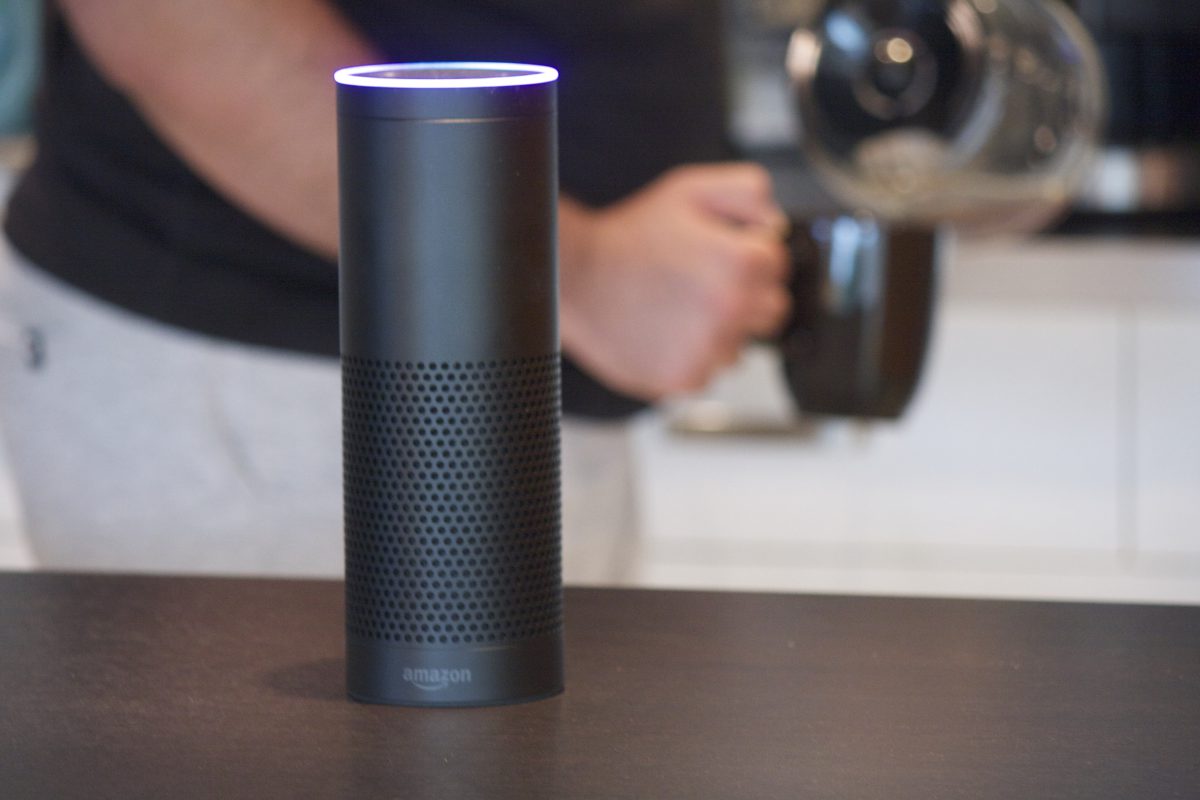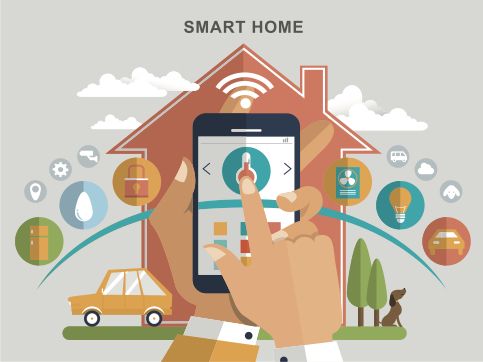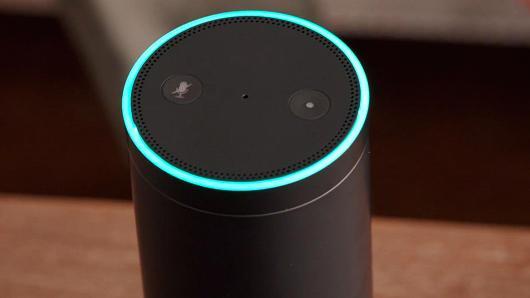In today’s world, brands must increase user engagement, among other priorities, to stay relevant and meet their goals. These goals can be met with a mobile app, but it goes beyond just having an app for your business.
A good User Experience (UX) can mean the difference between success and failure
Many times, when we think of UX we think of wireframes and pretty colors. We consider whether a button color change would increase the purchase rate. But UX isn’t always on a screen. UX goes beyond the screen with audio products.
Designing for the suite of voice apps (Alexa, Google Home, and the HomePod) moves us away from visual representations and takes us to one single sense – sound.
As with all applications, user testing is critical. There are a few common red flags that come up when testing audio. One must make sure the audio demands make sense to the user. They should feel spontaneous and free of fluff. You must consider all the different accents and how they may be mispronounced. There also needs to be solid evidence that people would use the skill.
Done well, the audio platform takes your company and your product, off the screen and into the home.
At jācapps, we understand the end user and how they use mobile in a variety of settings – at home, at work, in the car, etc. We can help you build a UX strategy that works both on the screen and off the screen to reach your audience and keep them engaged wherever they may be.
Reach out to us today by clicking here. You can also give us a call at 248-353-9030 or email sales@jacapps.com.









